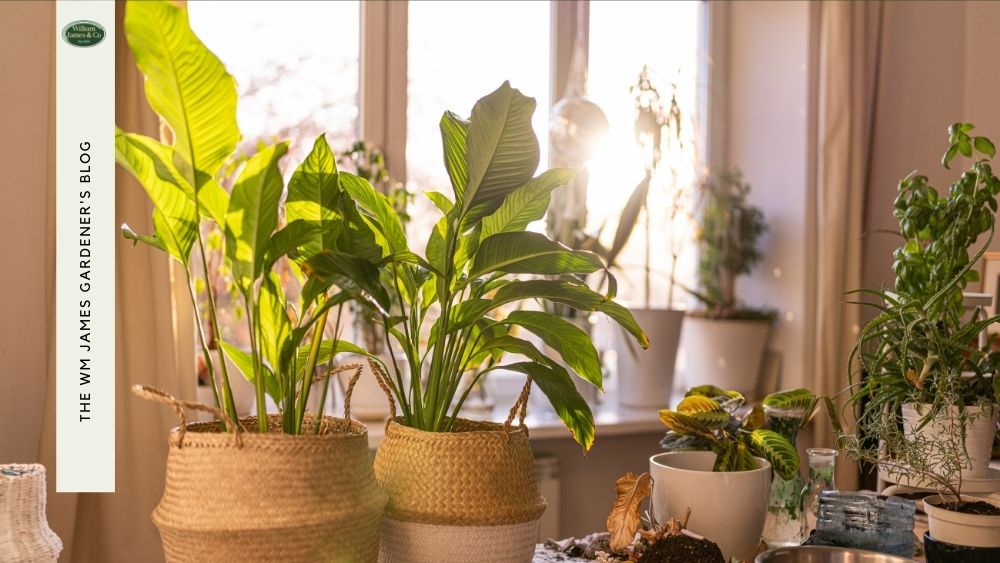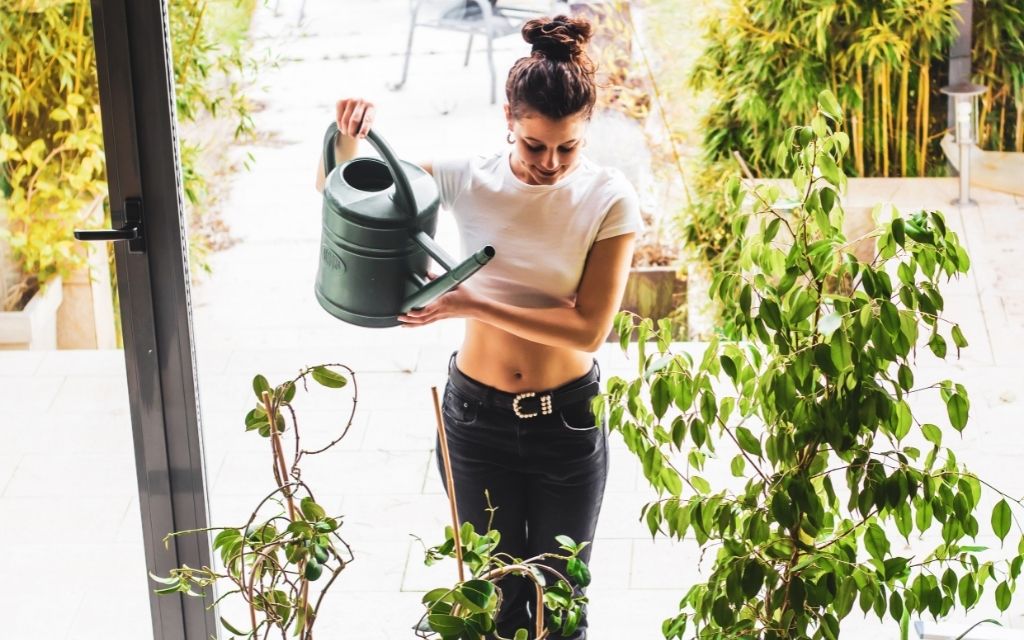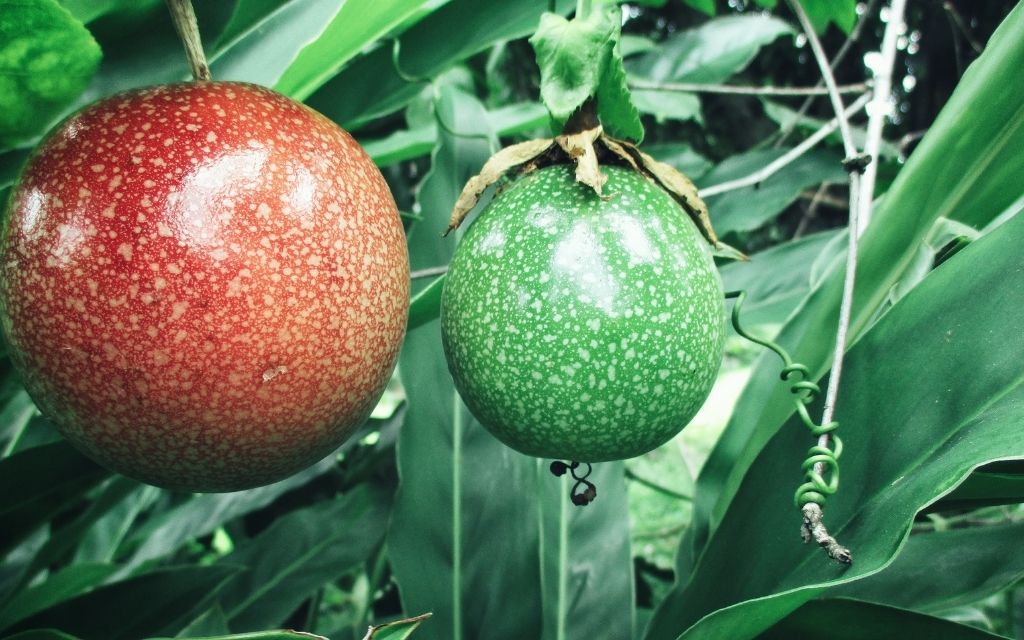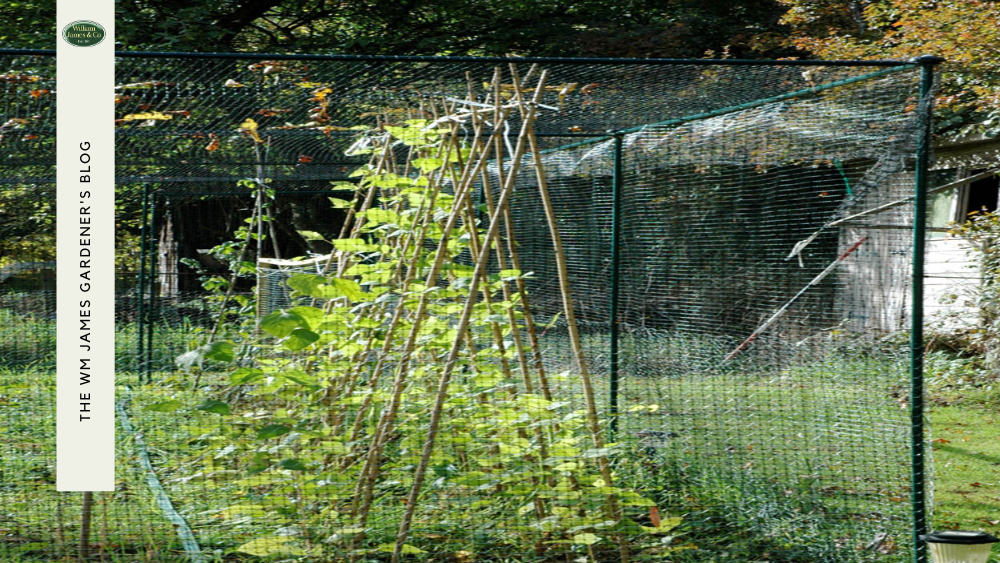We use cookies to make your experience better. To comply with the new e-Privacy directive, we need to ask for your consent to set the cookies. Learn more.
Your Guide To Growing Fruit Indoors
- Admin
- WM James Gardening Blog
- 18 May 2022
-
173views

If you're interested in learning about growing fruit indorors, there are plenty of smaller fruit options that make great houseplants.
While you may not be able to grow full-sized fruit trees or bushes indoors, there are plenty of smaller house plants that make growing fruit indoors a breeze. With a bit of care and the right equipment, you’ll enjoy fresh fruit all year round!
Indoor fruit trees are often dwarf varieties of outdoor trees and produce delicious fruit just like their taller kind. They take a bit more looking after than your average house plant, but it's well worth the effort.
Blueberries, raspberries, blackberries, figs, and strawberries are just a selection of fruit you can grow indoors as long as you have good-quality soil and high levels of sunlight.
Whatever type of fruit you decide to grow indoors, you'll need a selection of tools and equipment to ensure you get the most fruit in your bowl during a harvest.
Here are some of our recommendations, which you can order online today with ease. Plus, we offer free UK delivery*!
Start your own indoor fruit garden today with our top tips and recommendations…
How Much Light Do Indoor Fruit Trees Need?
Of course, it all depends on the trees you’re growing indoors. Most plants will need a lot of sunlight throughout the day, but this isn’t always guaranteed, and you might get a period of grey sky.
However, you should situate your fruit trees in as sunny a spot as possible, and growing them outside can expose them to frost damage unless you cover them with garden fleece like these:

Growing Fruit Indoors With Artificial Light
You might think that growing your plants in a sunny space is the only way in which you can get proper light to your plants, and living in the UK makes this fairly difficult with the regular cloud cover we get.
However, you can grow plants and fruit trees indoors, even in places where there is no natural light. You can use artificial fluorescent lights, which produce enough UV light to stimulate photosynthesis, making direct sunlight unnecessary for growing healthy crops and trees.
Best Soil For Indoor Trees
Most indoor fruit trees tend to be tropical citrus ones in the UK, as things like apple trees and cherry trees are perfect for our climate. So it’s worth thinking solely about the soil that citrus trees require.
Citrus trees, unsurprisingly, require slightly acidic soil to grow properly. This would be considered a pH level between 5.5 and 7. Don’t forget that seven pH itself is neutral and is therefore not acidic. Add some acidic matter to your compost bin or wormery, such as pine needles and coffee grounds, to create your own acidic compost.
Create your own compost bin with these essentials…
When Do Fruit Trees Produce?
When growing your own fruit tree from scratch, don’t expect to get any edible fruit from it anytime soon. In fact, it will take years before you get anything from it. An apple tree, for example, will only start bearing fruit at the age of 4 to 5 years.
The fruits they produce during their younger years are also likely to be very poor in quality. On average, an apple tree will yield about 2 bushels of apples a year, but it all depends on the individual tree and the environment it’s in.
Why Not Try Planting Bare Root Fruit Trees?
9 Easiest Indoor Fruit Plants To Consider
There are several different fruit trees which are perfect for growing indoors, especially in the UK. However, each will require different levels of care, as well as different amounts of sunlight, watering, and food. To help you with this, we’ve listed 9 of the easiest indoor fruit plants to consider for your home and some tips on caring for them.
Meyer Lemon Trees
This is a fascinating tree that is said to be the result of crossbreeding between an orange and lemon tree. This has resulted in rotund lemons with a shape more akin to an orange. If given the right care and attention, the Meyer Lemon Tree can give you some delicious fruits.
In terms of care, these trees require plenty of watering and the soil should be soaked through regularly. As well as this, you should make sure that water can drain easily through the soil to avoid it becoming too sodden.
Lime Tree
These beautiful green fruits make for the perfect addition to your indoor foliage. They grow very well indoors and in a pot, so this should be a top consideration for you. Of course, there are a few things to think about when trying to grow a lime tree.
Similar to the Meyer Lemon, lime trees should be watered well too, and you should also endeavour to keep them warm. Lime trees also require a lot of feeding, and ensure you keep feeding them using quality nitrogen-rich fertiliser; they’ll do fine.
Dwarf Bananas
These are slightly more difficult to grow effectively, in part due to their reliance on an abundance of sunlight. If you have a spot inside that gets almost constant sunlight throughout the day, then that’s perfect.
Unfortunately, it’s rare to find an indoor spot with that much sunlight. However, you could pair the space with a UV light which can be turned on once the spot gets shady. Otherwise, these plants can do quite well outside if taken care of properly.
You can protect them from pests using a large fruit cage and keep them warm in the winter with a garden fleece.
Avocado
As an avocado tree can grow beyond 20m in height, it’s worth choosing one of the many dwarf varieties for indoor growing. You’ll also want to ensure that these trees do not get too cold either.
You can grow an avocado from scratch but remember that it may take a fair bit of work getting the avocado stone to germinate. It’s definitely much cheaper than buying the tree outright, however, and a growing avocado tree makes for a beautiful houseplant.
Apricot Tree
A dwarf apricot tree such as the Goldcot is a stunning choice of indoor fruit trees. With vibrant green leaves and a beautiful warm yellow fruit, it can be a great addition to a sunny room.
These trees actually begin fruiting in their second year of growth, yet you won’t get much in the way of a bountiful harvest until the fourth or fifth year. Patience is a virtue, as with all fruit trees.
Peaches
Another great choice for indoor fruit trees is the peach tree. Similar in appearance to apricots, yet substantially different in flavour, peaches are a wonderful addition to your fruiting plants.
There are many different species of peach to choose from, and when growing indoors, as with any other fruit tree, you’ll want to consider a dwarf variety so that it doesn’t get too big and can focus its energy on fruiting. Golden Glory and Peregrine are a few great choices of dwarf peach trees.
Figs
Most often seen outside due to the size they can reach, this is one tree that you’d struggle to grow indoors. While it’s not impossible, the amount of sunlight these trees need is tremendous.
Native to Asiatic Turkey, the fig tree will need to experience every hour of sunlight to thrive. They act fairly vine-like, snaking along trellises and pergolas, making them a great choice for covering a patio space or a trellis arch used for climbing plants.
Here are some of our beautiful options…
Orange Trees
As with other citrus plants, the humble orange works perfectly well indoors, as long as it can get plenty of sunlight and the temperature stays at least at 18°C.
Satsuma oranges are a great variety to grow indoors, and the flowers are incredibly fragrant, giving the room a wonderful scent. You can even move them outside during the hot weather—they’ll love it.
Passion Fruit Tree
These vine plants make for a great indoor plant, especially if you intend to grow them up the side of a wall tied to a trellis using garden string. This verticality makes these plants great if you’re limited in space.
There are a number of different species of passionflower; however, only some grow the tasty fruits. The most popular of these fruiting plants is Passiflora edulis which provides brilliant purple fruits filled with sweet and sour, vibrant yellow seeds.

Conclusion
The takeaway from this is that there are a phenomenal number of viable indoor fruit trees for you to choose from, and many of these are tropical varieties which can be grown perfectly well in the UK too.
It’s important to remember that all of these trees require care and consideration throughout the day and night, ensuring that they stay warm and well-watered and receive enough sunlight to grow properly. Do your research into what each specific tree needs to ensure the best care.
Do your research into what each specific tree needs to ensure the best care and the most successful harvest! Shop our fruit tree necessities below!
*Free UK delivery is available on orders over £100.
FAQs
Can you grow fruit inside bottles?
You can do this, although it requires patience and proper care to make sure you do it right. The reason that people do this is to create impressive-looking drinks, usually alcohol-based, with a whole fruit inside. This causes people to ask many questions as to how on Earth it got in there.
When should I grow fruit indoors?
Remember that if you have fruit trees in pots, you can bring them inside, and it’s best to do this during colder seasons. If you don’t get a particularly great amount of light and warmth in your garden, but you do in certain rooms in your house, then you should consider growing them indoors too.
How often do I need to water indoor fruit trees?
Theoretically, indoor fruit trees will need more watering than outdoor ones, as they won’t benefit from the rain. Water them every week during the summer and every 14 to 20 days during the wintertime. In the spring and autumn, you can water them every 8 to 12 days.
Is it easier to buy an indoor fruit tree or plant one?
It is much easier to buy an indoor fruit tree rather than plant one. However, it can be much more rewarding knowing you’ve done it all from scratch. Planting a fruit tree can take a lot of work to get right, and there is no guarantee that any of your seedlings will survive.











